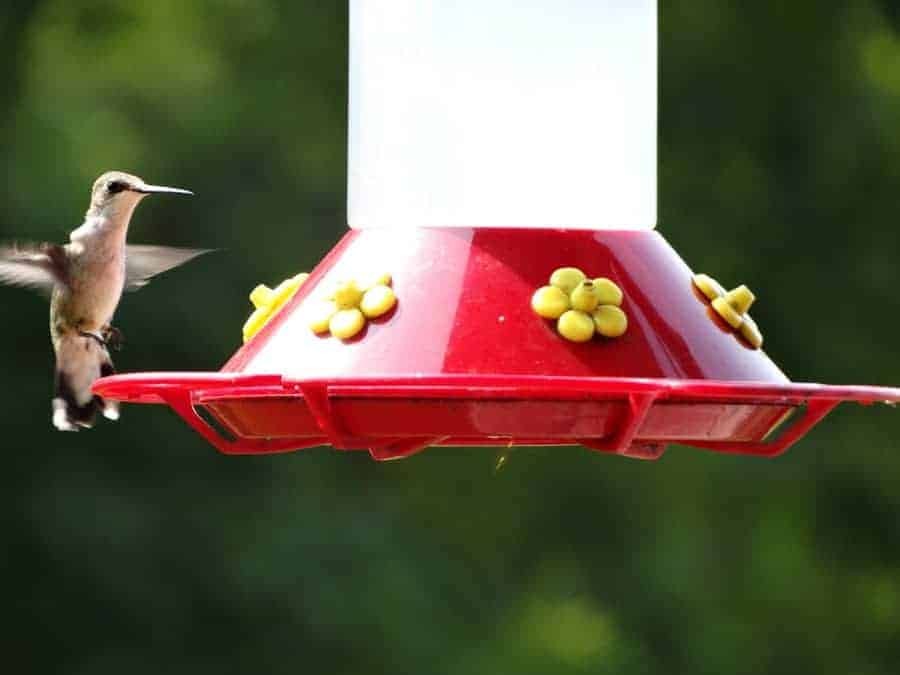Attracting hummingbirds to your garden is a rewarding experience. These tiny, vibrant creatures bring joy and wonder to any outdoor space. One of the best ways to attract them is by providing a reliable source of food using a hummingbird feeder. However, making and maintaining hummingbird food isn’t always straightforward. This guide addresses common problems and offers solutions to ensure your hummingbird feeder remains a safe and attractive haven for these delightful birds.
Common Hummingbird Food Problems and Their Solutions
Even with the simplest recipes, issues can arise with hummingbird food. Recognizing these problems early can help you maintain a healthy feeding environment for your tiny visitors.
1. Mold Growth in Hummingbird Food
Mold is a common issue, especially in warm weather. It contaminates the nectar, making it unsafe for hummingbirds.
Solution:
- Regular Cleaning: Clean your hummingbird feeders every 2-3 days in warm weather and at least once a week in cooler months.
- Hot Water and Vinegar: Use hot water and a bottle brush to scrub the feeder. For a deeper clean, soak the feeder in a solution of one part white vinegar and two parts water for about an hour. Rinse thoroughly before refilling. Avoid using soap, as residue can be harmful.
2. Fermentation of Hummingbird Food
Fermentation occurs when the sugar water spoils, often due to heat and sunlight. Fermented nectar is harmful and unattractive to hummingbirds.
Solution:
- Shady Placement: Position your hummingbird feeder in a shady spot to prevent overheating.
- Smaller Batches: Prepare smaller quantities of hummingbird food that will be consumed within a few days to minimize waste and spoilage.
- Regular Changes: Change the nectar every 1-2 days during hot weather and every 3-4 days when it’s cooler.
3. Insect Infestation in Hummingbird Feeders
Bees, wasps, and ants are attracted to the sweet nectar, often competing with hummingbirds and potentially contaminating the food.
Solution:
- Bee-Resistant Feeders: Use feeders designed to deter bees and wasps. These feeders often have smaller feeding ports that only hummingbirds can access.
- Ant Moats: Install ant moats above the feeder. Fill the moat with water to create a barrier that ants can’t cross.
- Avoid Leaks: Ensure your feeder doesn’t leak. Leaks attract insects. Tighten all connections and replace worn parts.
4. Incorrect Sugar-to-Water Ratio
An improper sugar-to-water ratio can be detrimental to hummingbirds. Too much sugar can dehydrate them, while too little provides insufficient energy.
Solution:
- Use the Correct Ratio: Always use a 4:1 ratio of water to white granulated sugar. This mimics the natural nectar found in flowers.
- Measure Accurately: Use measuring cups to ensure precise measurements. Avoid estimating or using ratios other than 4:1.
5. Use of Harmful Ingredients
Some recipes suggest adding ingredients like honey, artificial sweeteners, or red dye, which can harm hummingbirds.
Solution:
- Avoid Additives: Never use honey, artificial sweeteners, or red dye. White granulated sugar is the safest and most effective option.
- Educate Others: Share information about the dangers of these additives with fellow hummingbird enthusiasts.
Best Practices for Making Hummingbird Food
To avoid common problems and ensure the health and safety of the hummingbirds visiting your yard, follow these best practices:
- Use the Correct Recipe: Mix 4 parts water with 1 part white granulated sugar. Boil the water, remove from heat, and stir in the sugar until it dissolves completely.
- Cool Completely: Allow the mixture to cool completely before filling the feeder. Warm nectar can promote bacterial growth.
- Store Properly: Store any leftover nectar in the refrigerator for up to two weeks. Discard if you notice any signs of mold or cloudiness.
- Choose the Right Feeder: Select a hummingbird feeder that is easy to clean, durable, and has features that deter insects.
Additional Tips for Attracting Hummingbirds
- Plant Native Flowers: Supplement your feeders with native flowers that attract hummingbirds naturally.
- Provide Water Sources: Offer shallow dishes of water or a gentle sprinkler for hummingbirds to bathe in.
- Avoid Pesticides: Refrain from using pesticides in your garden, as they can harm hummingbirds and their food sources.
- Observe and Adjust: Monitor your feeders regularly and adjust your practices based on hummingbird activity and any issues that arise.
By understanding the common problems associated with hummingbird food and implementing these solutions and best practices, you can create a thriving hummingbird habitat in your backyard. Enjoy the beauty and wonder these tiny creatures bring!
